Optimal Timing for Demolition Services
Determining the optimal time for demolition service depends on various factors including weather conditions, project scope, and local regulations. Typically, favorable weather with minimal rain and wind ensures safety and efficiency. Planning during periods of low activity in the area can also minimize disruptions.
Ideal demolition periods avoid heavy rain, snow, or extreme temperatures to ensure safety and prevent delays.
Scheduling demolition during off-peak hours or seasons can reduce impact on surrounding areas and expedite completion.
Compliance with local permits and regulations may influence the timing of demolition activities.
Timing demolition to align with environmental restrictions helps in managing debris and waste effectively.
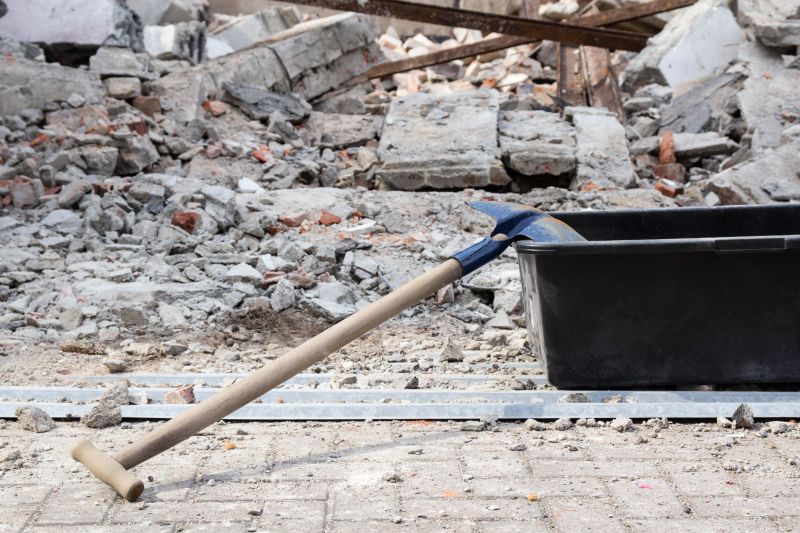
Preparation involves securing permits and planning logistics for efficient execution.
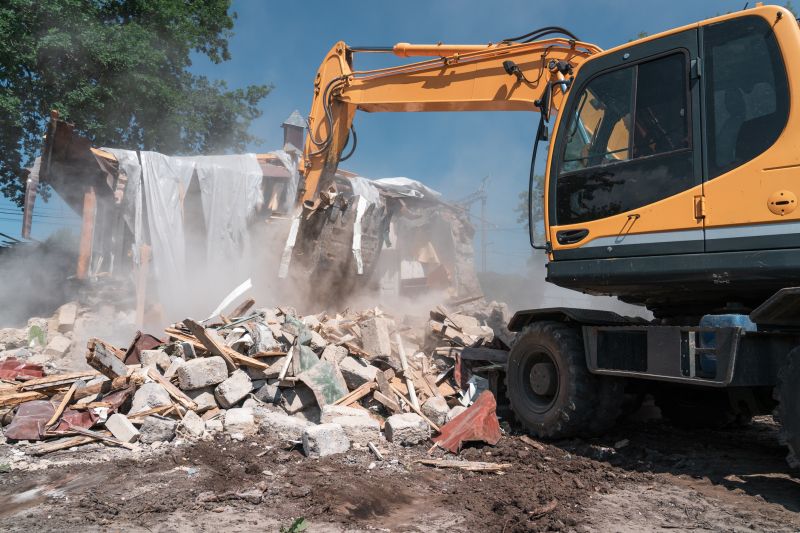
Heavy machinery used during demolition ensures safety and speed.
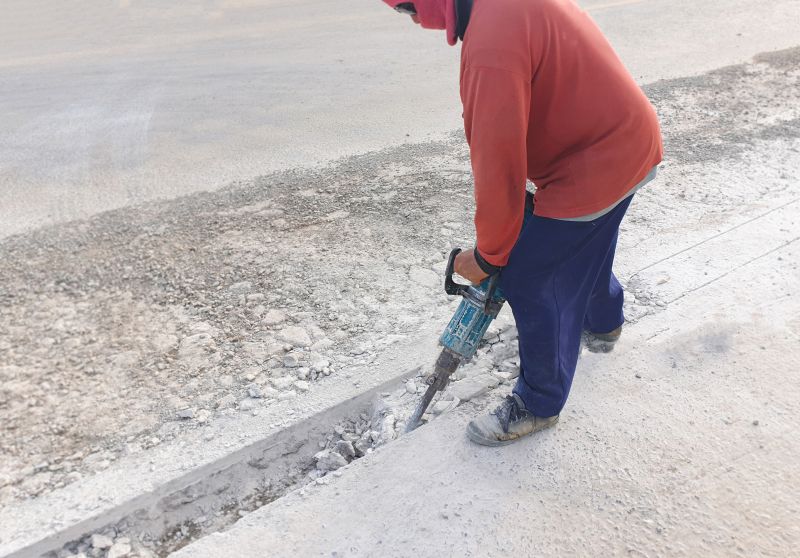
Proper safety protocols are essential during demolition projects.

Ways to make Demolition Service work in tight or awkward layouts.

Popular materials for Demolition Service and why they hold up over time.

Simple add-ons that improve Demolition Service without blowing the budget.
Demolition services encompass a range of activities including building teardown, site clearance, and debris removal. Proper planning and execution are vital to ensure safety, compliance, and efficiency. The process often involves specialized equipment and skilled operators to handle structures of varying complexity.
Residential, commercial, and industrial demolitions each require tailored approaches and equipment.
Methods include implosion, deconstruction, and mechanical demolition, selected based on project needs.
Proper waste management and recycling reduce environmental footprint of demolition projects.
Securing necessary permits is a crucial step prior to commencing demolition work.

Various machinery like excavators and wrecking balls are used.

Efficient debris collection and disposal are integral parts of the process.

Clearing the site prepares it for future use or construction.

Protective gear is essential for personnel safety during demolition.
| Aspect | Details |
|---|---|
| Weather Considerations | Optimal demolition occurs in dry, mild weather conditions. |
| Project Scope | Large-scale projects may require more strategic timing. |
| Community Impact | Scheduling during less disruptive hours benefits neighbors. |
| Permitting Timeline | Permits can influence project start dates. |
| Environmental Restrictions | Timing may need to align with environmental guidelines. |
| Equipment Availability | Availability of machinery can affect scheduling. |
| Seasonal Factors | Spring and fall often offer favorable conditions. |
| Regulatory Deadlines | Compliance deadlines may determine project timing. |
Choosing the appropriate timing for demolition services ensures safety, compliance, and efficiency. Proper planning considers weather, project size, community impact, and regulatory requirements. Consulting with experienced demolition professionals can help identify the most suitable window for each project, minimizing delays and disruptions.
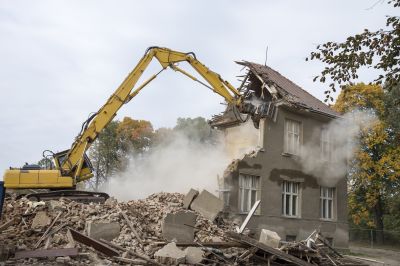
Detailed planning is key to successful demolition projects.
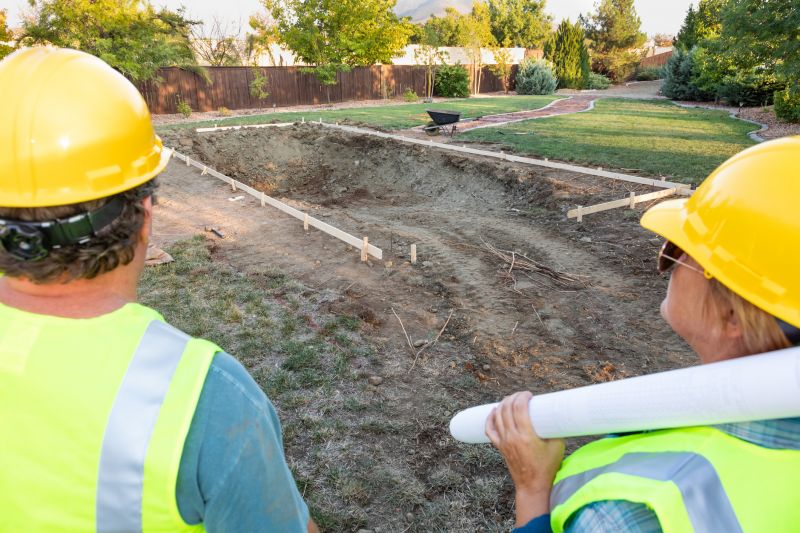
Preparing the site reduces hazards and streamlines work.

Ensures the site is cleared and ready for new development.

High-end options that actually feel worth it for Demolition Service.

Finishes and colors that play nicely with Demolition Service.

Little measurements that prevent headaches on Demolition Service day.

A 60-second routine that keeps Demolition Service looking new.
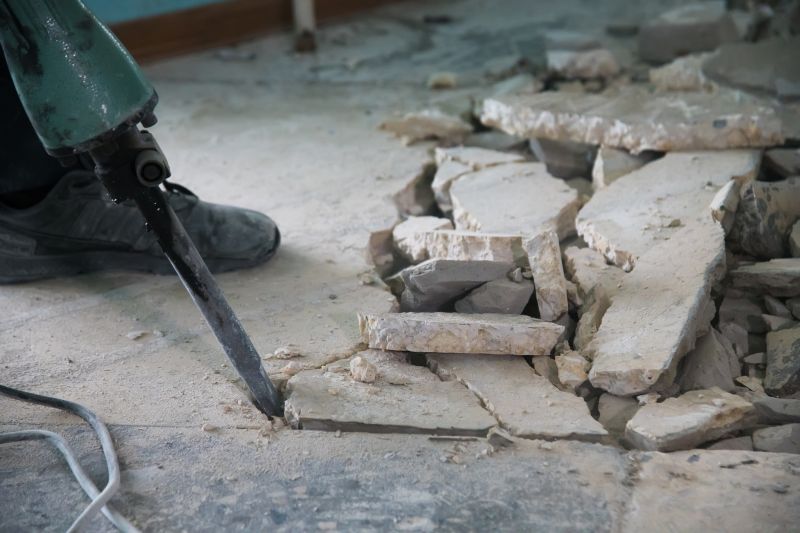
A frequent mistake in Demolition Service and how to dodge it.
Interested parties are encouraged to contact for more information on scheduling and executing demolition projects. Proper timing and planning can significantly impact project outcomes and safety standards.
